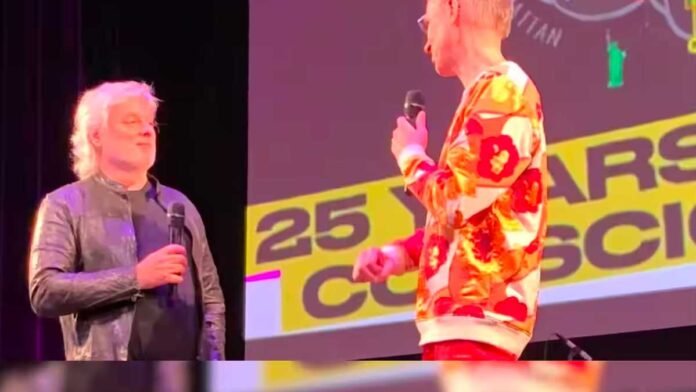A neurologist and a philosopher made a bet in 1998. They decided the winner 25 years later.
The day after neuroscientist Christof Koch spoke at a consciousness conference, philosopher David Chalmers had a lengthy talk with Koch. After a few beers at a Bremen, Germany tavern, they argued and bet.
By the year 2023, Koch argued, someone would have figured out how the brain’s neurons generate consciousness.
Chalmers was subsequently named the winner at the Association for the Scientific Study of Consciousness (ASSC) annual meeting in New York City.
After a research examining two popular theories about “the neural basis of consciousness” was presented, the years-long wager came to an end.
Global network workspace theory (GNWT) and integrated information theory (IIT) both put out these concepts.
IIT defines consciousness as a “structure” in the brain consisting of a neuronal link that is active during an experience, such seeing at a picture. This structure may be in the brain’s posterior cortex.
GNWT suggested that awareness arises when information is transferred to different brain regions via a network. Transmission at the start and end of an event is assumed to involve the prefrontal cortex in the front of the brain.
The results of six labs did not “exactly match” either concept.
It was always, according to Chalmers, a “relatively good bet” for him and a risky one for Christof. He agreed that there has been significant advancement in the area and that a solution would be discovered shortly.
According to Chalmers, “it began as a very significant philosophical mystery.”
But through time, it has changed into something we can at least partially understand scientifically, if not a “scientific” mystery.
Koch honored the betand purchased Chalmers a “case of fine Portuguese wine” the day before the ASSC session, despite his reluctance to accept defeat.
Additionally, he was prepared to double down on the bet with a window of another 25 years.
Koch is a neurophysiologist and computational neuroscientist who is German-American. In the 1980s, he began looking for the neurological correlates of consciousness. Since then, he has focused on finding the neurons required to “generate a feeling of seeing, hearing, or wanting.”
Conclusion:
In 1998, David Chalmers and Christof Koch made a bet on the neural basis of consciousness, arguing that by 2023, someone would have figured out how brain neurons generate consciousness. Chalmers was named the winner at the ASSC annual meeting after examining two popular theories: Global network workspace theory (GNWT) and integrated information theory (IIT).
Both theories proposed that consciousness is a structure in the brain made up of neural connections active during an experience, while GNWT proposed that consciousness develops when information is sent to various parts of the brain via a connected network. Both theories were tested in six labs, but neither was exactly matching. Because he thought the field had advanced, Chalmers was willing to double down with a 25-year timeframe.



